READY TO GET STARTED?
REQUEST A FREE ESTIMATE
Fill out the form below or call (888) 466-7849 for a free, no-obligation estimate.
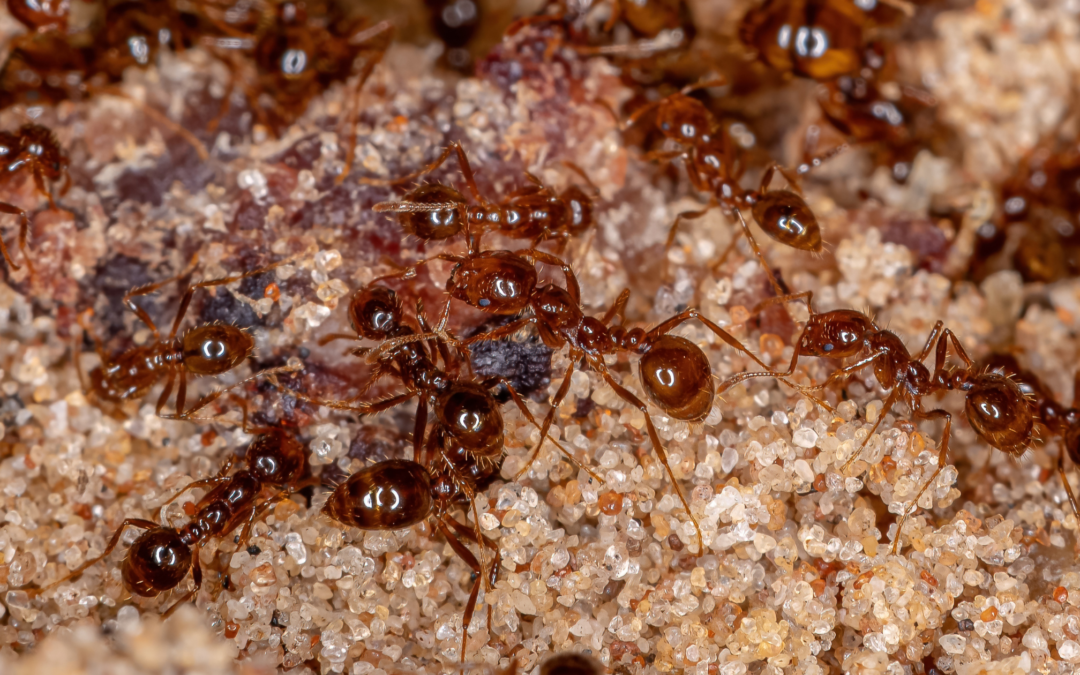
Fire ants, with their fiery stings and relentless mounds, can quickly turn your yard into a battleground. For Georgia homeowners, dealing with these aggressive pests is an ongoing challenge. However, with the right strategies and tools, you can regain control of your outdoor space and enjoy it without fear of fire ant attacks. In this guide, we’ll explore the signs of fire ants, the dangers they pose, what to do if you’re bitten, and most importantly, how to effectively eliminate them from your yard.
Identifying a fire ant infestation is crucial for prompt action. Look out for telltale signs such as:
Beyond their painful stings, fire ants pose several risks:
If you or someone else is stung by a fire ant, follow these steps:
Effective fire ant control requires a multi-faceted approach. Here are some strategies to consider:
Once you’ve eradicated fire ants from your yard, take steps to prevent future infestations:
In conclusion, controlling fire ants in your Georgia yard requires diligence and a combination of tactics. By identifying signs of infestation, understanding the dangers they pose, and implementing effective control measures, you can reclaim your outdoor space from these troublesome pests. For fast-acting and reliable fire ant control, trust the expertise of a professional pest control company near you to safeguard your home and family.
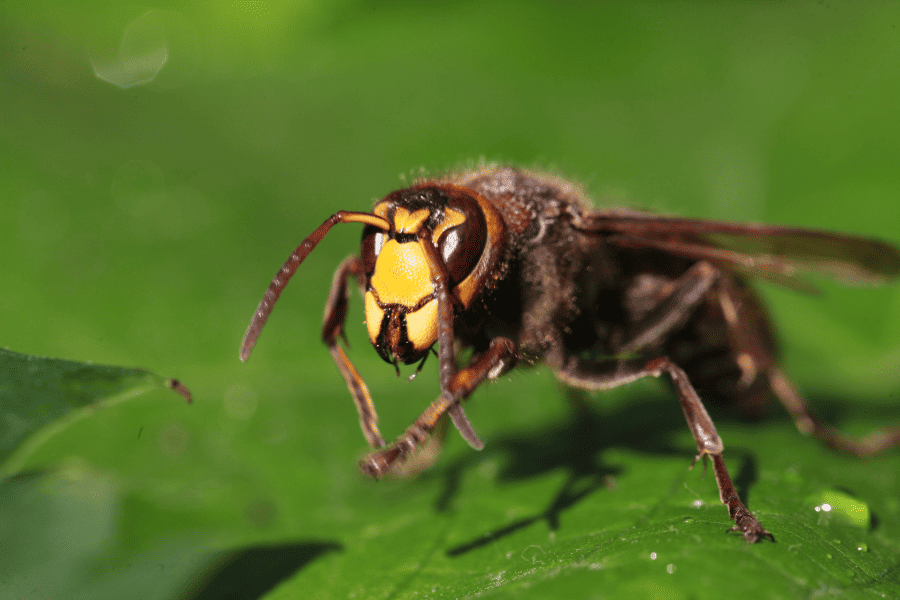
Stinging pests can be a real nuisance, and in some cases, a danger to your health. From hornets and wasps to fire ants, these pests can leave painful stings that can cause itching, swelling, and in severe cases, anaphylaxis. Let’s take a closer look at the different types of stinging pests and provide tips on how to prevent and identify them.
Hornets: Hornets are large, aggressive wasps that can pack a powerful sting. They typically build large paper nests in trees, bushes, and other outdoor locations. To prevent hornets from nesting on your property, inspect your home’s exterior regularly and seal any openings or gaps. Keep your outdoor trash cans sealed and dispose of food waste properly. If you do encounter a hornet’s nest, do not attempt to remove it yourself. Instead, call a professional pest control company.
Wasps: Wasps are similar to hornets, but they tend to be smaller and less aggressive. They can still pack a painful sting, however, and they can build their nests in a variety of locations, including under eaves, in trees, and shrubs. To prevent wasps from nesting on your property, keep your home’s exterior well-sealed, dispose of food waste properly, and keep outdoor trash cans sealed. If you do encounter a wasp nest, call a professional pest control company to safely remove it.
Fire Ants: Fire ants are small, reddish-brown ants that are known for their painful sting. They build large mounds in lawns and gardens and can be especially active during the summer months. To prevent fire ants from taking over your yard, keep your lawn well-maintained and avoid leaving piles of leaves or other debris in your yard. Treat fire ant mounds with bait or insecticide specifically designed for these pests and wear protective clothing and gloves when working in the yard.
If you discover an influx of stinging pests around your home call a professional pest control company if you do encounter a nest or infestation.
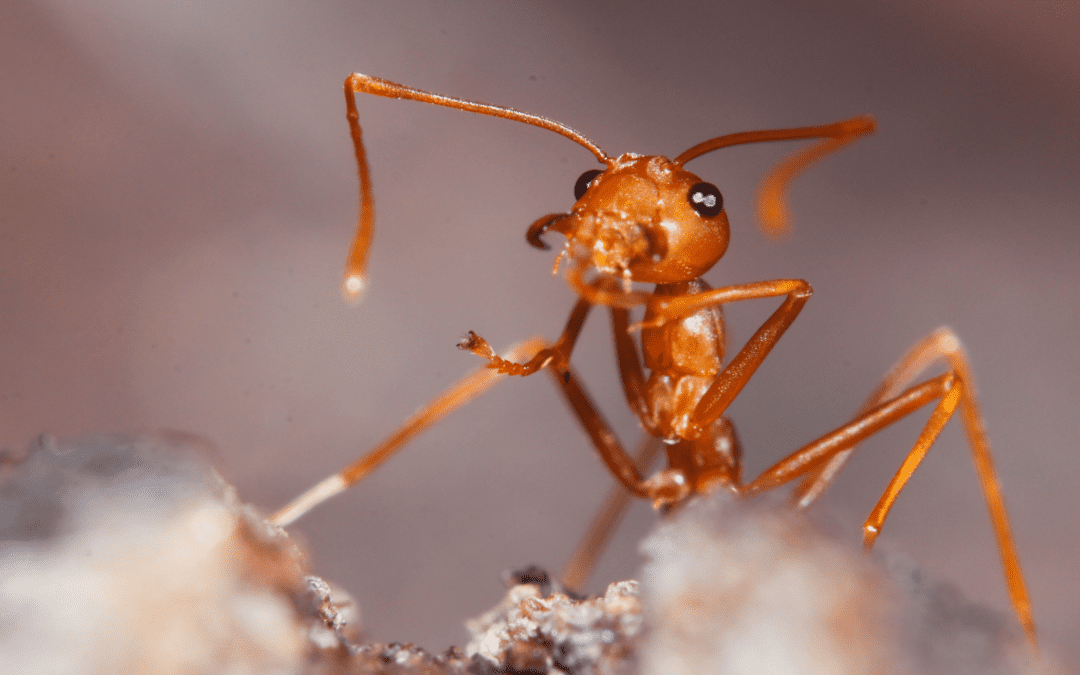
Did you know that fire ants are not native to Miami nor South Florida? Their range has spread to more than 13 southern and western states and continues to grow. They might not seem like a big deal, but over time they can cause medical, agricultural, and property damage. Let’s break down the ways you can prevent fire ants from taking over your lawn and property, so you can get back to enjoying the outdoors.
The first step in preventing something is to know where it originates. Fire ants build large nests, usually in the form of visible dirt mounds. They can also be found in rotting logs, around tree stumps, under pavement and buildings, and inside electrical equipment. When their nests are disturbed, they can become aggressive and incite an attack on the intruder.
Being omnivorous feeders, fire ants search for carbohydrates, proteins, and lipids. These can come in the form of fruits, insects, and oils from seeds. Try to avoid these foods outdoors so fire ants aren’t attracted to your lawn or property. If they cannot find a food source, these pests won’t waste time sticking around and will leave.
One of the best ways to prevent fire ants is to have a pest control plan in place. Fire ants have been the target of several methods of control. There have not been permanent control methods found yet to fully eliminate them but having a recurring pest plan helps. There are four strategies that are used for fire ant control:
Since fire ants are extremely resilient, it can be difficult to fully eliminate these pests. They typically reinfest within a month of treatment and return more rapidly than any other ant species. If you suspect you have a fire ant problem, reach out to your local South Florida pest control company to set up a prevention plan that’s right for you and your property.
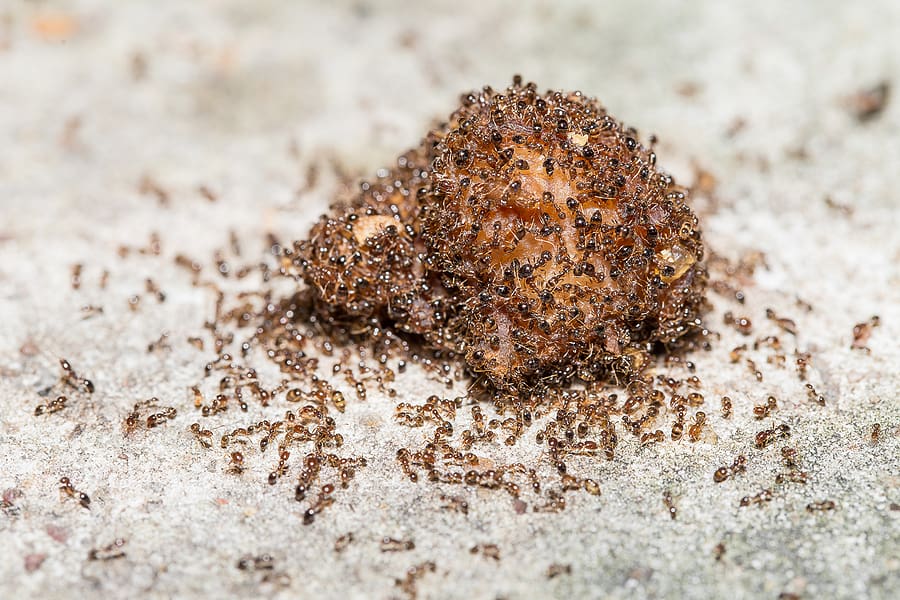
Ants are a major nuisance, infesting our kitchens, pantries, bathrooms, and more! Once an ant infestation occurs, it can be difficult to eliminate them. There are many different species that live in the South Florida area, all of which are attracted to different factors. Check out our list of popular South Florida Ants and how you can prevent them below.
Also known as sugar ants, ghost ants are known to invade your home, building their nests either inside the home or outside of your property. These pests are lighter in color and translucent, measuring around 1/16” as an adult. Ghost ants prefer sweet foods that are high in protein, often eating fruits such as honeydew.
You can often find multiple ghost ant colonies close together. These pests tend to build their colonies around flowerpots, under piles of wood, or any undisturbed place that is warm and damp. If they’ve infested your home, they tend to hide behind cabinets and baseboards.
Fire ants are one of the most aggressive ant species in South Florida. These ants will bite, which can be very painful and leave a raised welt on the skin. Fire ants can reach up to 1.4 inch in length and are reddish-brown in color. While they prefer high-protein foods, they will feed on plants and animal matter.
These ants will bring multiple colonies to your property, creating mounds outside in sunny warm areas such as patios, sidewalks, driveways, and other open areas on your property. Fire ants are also attractive to shiny or reflective objects, often invading vehicles and swimming pools.
Harmless to humans, crazy ants are considered the more erratic ant species, getting their name from their erratic patterns of movement. These ants are dark brown to black but can range from reddish-brown to grayish colorations. Many can recognize them from their long antennae and legs. These ants prefer to eat sweeter food courses, such as honeydew in the spring and fall months. In the summer, they tend to feed on seeds and insects for protein.
These ants are highly adaptable, living in both wet and dry habitats. Their nests are typically in the soil, under leaf piles, in shrubs, and in the cavities of trees. They will enter homes, usually right after a rainstorm. Once inside, they can be found in walls, floor voids, and near hot water pipes and heaters.
Avoiding ants can seem impossible, especially during the summertime. Consider these ant prevention tips to help deter ants away from your property:
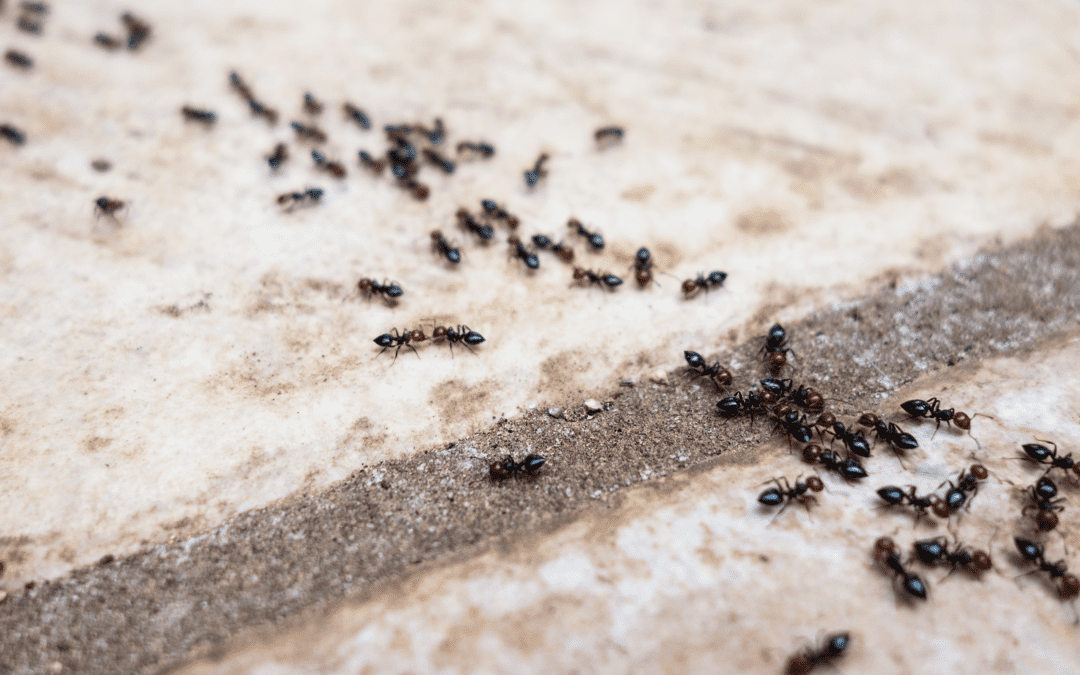
Ants are known for being annoying and persistent, especially when taking over your yard. It’s important to know what type of ant you’re dealing with to determine how to get rid of them outside your home. Removing them from your yard will lessen the chances of seeing them inside your home. We have broken down the most common ants found in the South and how to remove them from your yard.
These bright or dark red ants love the warm climates of the South. They’re one of the smallest ants around but can be found in very large groups. Since they love the warmth so much, you’ll see fire ants building large underground nests in the sunniest parts of your yard.
They typically don’t become household pests, but because of their sting and the large groups they are found in, they deter families from enjoying time outside. They are known to attack in groups and their sting can become very uncomfortable.
These types of ants can be red or black and can often be mistaken for carpenter ants, although they are much smaller. They only have two parts to their body instead of the usual three. Often found in driveways, along sidewalks, or in other concrete structures, pavement ants can eventually become house pests.
They become house pests due to their continuous search for food and shelter. If they end up inside your home, that usually means there is a nest nearby. They aren’t as aggressive as the fire ant, but they can bite.
If the problem of ants has become more than you can handle, be sure to reach out to your local pest control company and they’ll be able to come up with the best plan of action to rid your yard of ants.